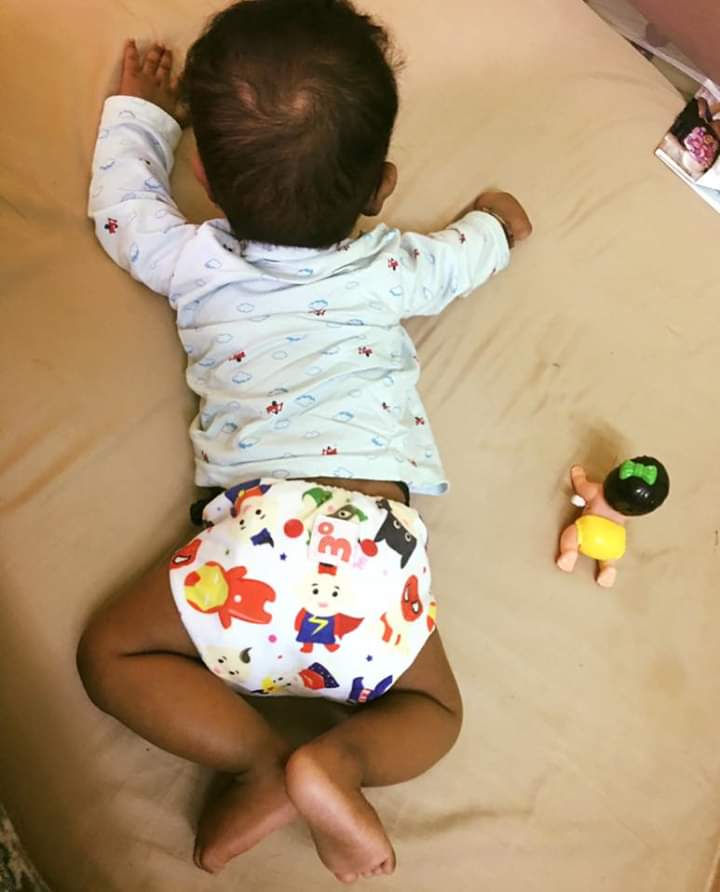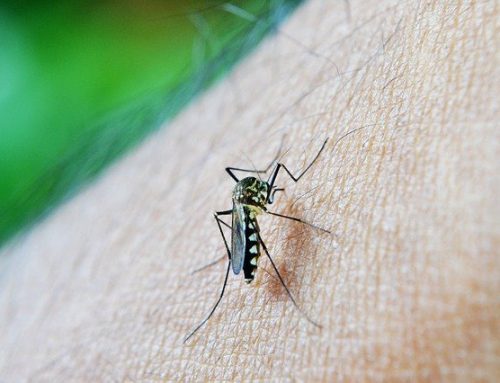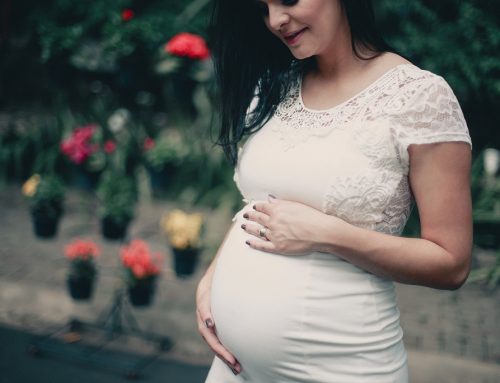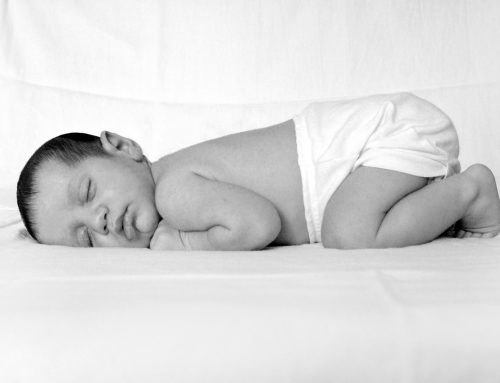Cloth diapers are gradually (and rightfully) becoming popular amongst Indian parents. Last decade saw a spike in the use of disposable diapers, especially in urban India. However disposable diapers, due to use of chemicals, are prone to causing diaper rash, especially given India’s hot and humid climate. Also, they are heavy on the pocket (with the average toilet training age of baby now being around 2 years) and harmful to the environment. Given so many disadvantages, parents are slowly opting for safer diapering option, and cloth diapering is usually that option!
But adoption of cloth diapering can be intimidating and confusing for many parents. In this post, Sumana Guha Ray, a writer and passionate cloth diapering mother, de-mystifies the Cloth diapers universe for you. Read the three part post to understand the immense benefits of cloth diapers, know how they work and also how to use them in your daily childcare routine easily.
How my cloth diapering journey started
When I had called up a friend to announce my pregnancy, even before congratulating me, she said to me in a very purposeful tone that there are just two things I needed to know about baby-care before anything else – ergonomic baby carriers and cloth diapers. Words failed me. Why would anyone advocate nappies so enthusiastically? I knew my friend to be too smart to be doing so. Her suggestion about cloth diapers got me researching, and a whole new world of environment and skin-friendly diapering opened up to me.
Why cloth diapers

Source: Superbottoms Family (Bhagya Vinay)
For starters, cloth diapers are nothing like the triangular cloth nappies most of us grew up in. They function just like disposable diapers but are reusable, with just as much absorbency and ease of use as disposable diapers. AND they come in oh-so-cute prints while doing all that :-).
Following are the major reasons why cloth diapers are a viable diapering option:
- Phenomenal cost saving during a 2-3 year usage (additional saving via resale)
- Environmental friendly as they generate significantly lesser biodegradable waste
- Skin friendly as they contain no chemicals owing to use of natural/man-made fabric
- Suitable for all climatic conditions especially hot/humid Indian weather
Let’s get to the cost savings and other benefits of cloth diapers first before we decode their different kinds for you.
Cost saving with cloth diapers
Unlike disposable, which you can start with a packet and then keep replenishing, you need some upfront investment involved in starting with cloth diapers. One would need 7-8 diapers, to begin with. Cloth diapers could cost a few hundred to several thousand in price, depending on the choice of type and quality of diaper. Then, one preferably needs a wet bag to collect soiled diapers in for washing (that’s because nobody washes a diaper every time it comes off the bum).
So, one can have a stash up and running for as little as Rs 2,000-5000. But this has the potential of lasting one for nearly 36 months, by which time babies are naturally toilet trained. Now, imagine the money one would have spent in disposables in all this time (an average of 4 diapers a day for 2-3 years at the cost of Rs 10/diaper ~ Rs. 30000 to Rs. 40000). However, it would be good to know that the real cost saving with cloth diapers happens only if:
- Cloth diapers are used in the second year
- Even more so if reused for siblings*
Note: *The same cloth diapers are perfectly safe to be used on multiple children, weird as it may sound. The wear and tear on good quality diapers are very little over a lifecycle.
Here’s a thing – there’s a huge market out there for pre-cared cloth diapers. That’s because cloth diapering mommies are very passionate about maintaining good hygiene and tend to have many diapers in their stash, so most diapers remain in good condition. But more of that later.
Are Cloth diapers environment-friendly
There is a huge debate about the environmental damage of disposable diapers vs cloth diapers. The discussion encompasses various factors like:
- Carbon foot-print: Energy & water consumption, greenhouse gas emissions etc
- Biodegradability or compostability
- Correct disposal of poop from diapers
With a cloth diaper, the poop goes into the toilet (where it should go). With a disposable diaper, most parents dispose of the diapers without spraying off the poop. When these go into landfill, the poop can be a bio-hazard and end up polluting groundwater.
Some research shows that the carbon footprint of both disposable diapers and cloth diapers is comparable [1]. However, one can significantly reduce the carbon footprint of cloth diapers by line drying instead of machine drying and especially by reusing cloth diapers for another child/sibling.
A disposable diaper can take anywhere between 100-300 years or more to decompose. And on an average, a child needs around 4000 diapers in two years. So millions of diapers around the globe go into landfill every year and no decomposition in sight for at least 100 years!!! Even the cloth diapers are not necessarily fully biodegradable. If it uses a man-made fabric, its mostly made from petrochemicals (which contains plastic). The buttons, snaps, velcro are also not biodegradable. However, a fully cloth diapered child needs just 20-30 diapers. Hence there is a massive reduction in the waste generated. Plus using diapers made from natural fibre, further reduces the waste generated.
Cloth diapers work well in Indian weather
Many parents complain of a nasty rash with a disposable diaper at least once during diapering time. This is especially prevalent in hot Indian summers. Many doctors, in fact, ask parents to reduce disposable diaper usage during summers or for humid climates. Cloth diapers on the other hand (though wrongly assumed as less breathable) are better suited for hot climatic conditions. They rarely cause a rash, and even if there is one, they are more gentle on the skin when a baby has a rash.
Cloth diapers are friendly on baby’s skin
Cloth diapers are made from natural fabrics, and in some cases from man-made fabrics. Hence they do not contain chemicals (for absorbency) and are 100 per cent skin friendly.
Disposable diapers use chemicals to increase absorbency. These chemicals can be harsh on baby’s sensitive skin and often require the use of thick layer of a diaper cream to prevent rashes.
What Next
In the next part, we decode the different types of cloth diapers and useful diapering accessories.






Do you mind if I quote a few of your posts as long as I provide credit and sources back to your weblog? My blog is in the very same niche as yours and my visitors would really benefit from a lot of the information you provide here. Please let me know if this okay with you. Cheers!
Hi May, lets take this over email?